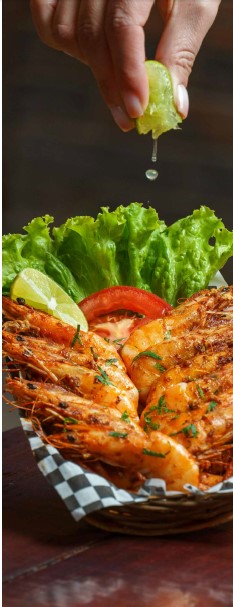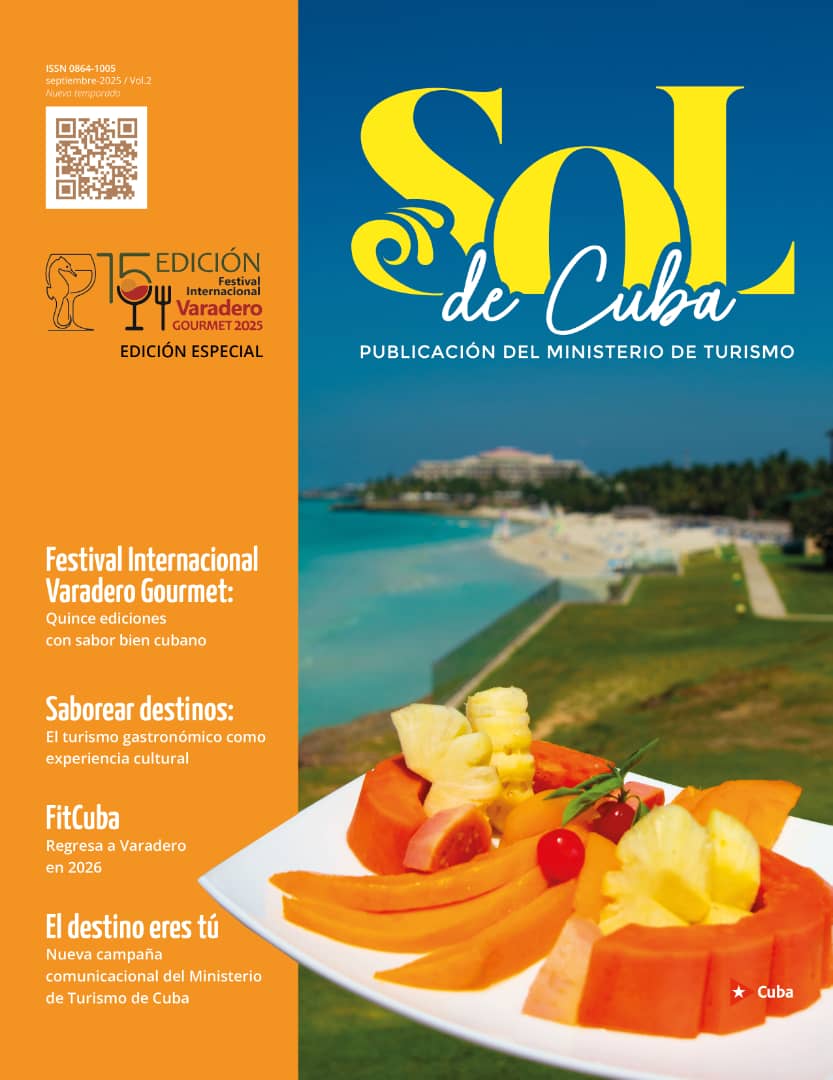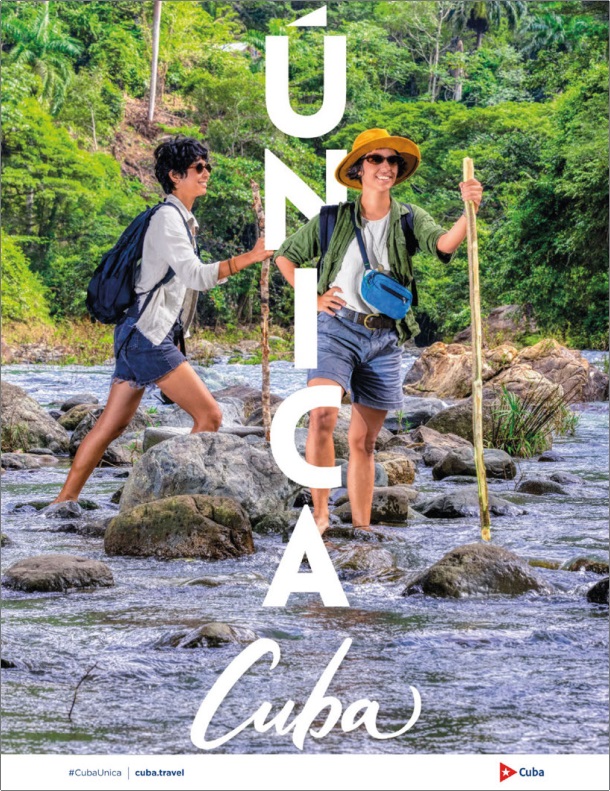Savoring destinations: Gastronomic tourism as a cultural experience
Gastronomic tourism has gone from being fashionable to becoming an authentic way to discover the world
Posted by Yoanna Cervera, 11/09/2025

Today, traveling with the palate is as important as reaching the destination. Gastronomic tourism has gone from being fashionable to becoming an authentic way to discover the world. It is no longer just about trying exotic dishes, but about experiences that connect the traveler with the culture, history and people of a place through what they eat.
From visiting markets to cooking classes with local chefs, this trend redefines trips as a sensory adventure in which each bite counts.
The gastronomic world is transforming.
Today, the sophistication of street food is taking the informal sector to a new level, while combinations break down the barriers between countries through dishes.
At the same time, chefs around the world rediscover forgotten and ancestral techniques, not due to nostalgia, but with a sense of renewal.
Sustainability and conscience gain strength with an approach that goes from the farm to the table, while practices such as the zero-waste and fermentation become more common. In parallel, interactive and immersive experiences make technology a part of the menu, transforming food into a game with the diner as an active participant.
Mexico, Peru, Japan, Italy and Spain are undeniable references. Their influence is so strong that their recipes and cooking styles are reproduced across the planet. However, the true essence of gastronomic tourism goes beyond reproducing dishes; it is about experiencing authenticity in the place of origin.
Today, travellers with these preferences seek out the “culinary roots” of dishes, and a return to the authentic. Be it by savoring chilli crab in Singapore, some tangbao in Shanghai, or a picanha in Rio, the aim is to connect with the memory and identity of a place through its food.
Cuba: A cultural melting pot on the table
Where does Cuba fit in among this vast array of international flavors? Its cuisine is the result of a unique cultural melting pot. In each dish, Spanish heritage blends with African ingenuity, a touch of Chinese influence sneaks in, and it’s seasoned with local produce. This is not a copy or reproduction of foreign traditions; it’s a tasty conclusion of centuries.
Therefore, true culinary tourism in Cuba goes beyond finding a familiar dish. It’s about discovery; sitting in a “paladar” and tasting a steaming ajiaco stew, pure tradition; understanding the sublime simplicity of homemade croquettes or the richness of slow-roasted suckling pig, accompanied at the table with tamales or congrís and seasonal salads; or tasting seafood, or even tetí or calalú in Baracoa.
The Varadero Gourmet International Festival is a perfect window into these flavors, a meeting point for presenting the world with the perfect Cuban “seasoning” and inviting them to taste, enjoy, and, above all, experience the island through its cuisine.

